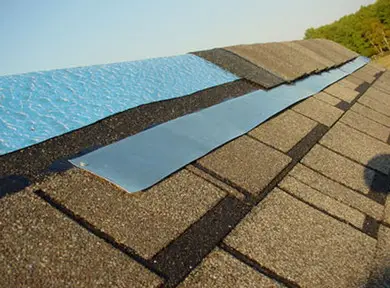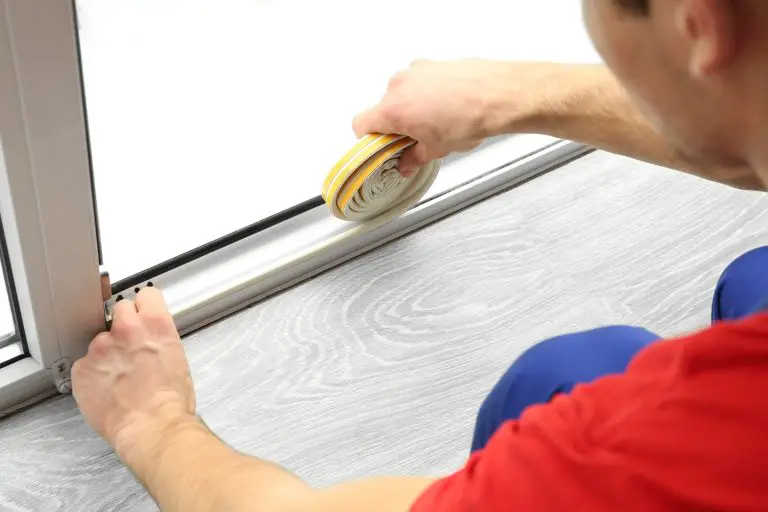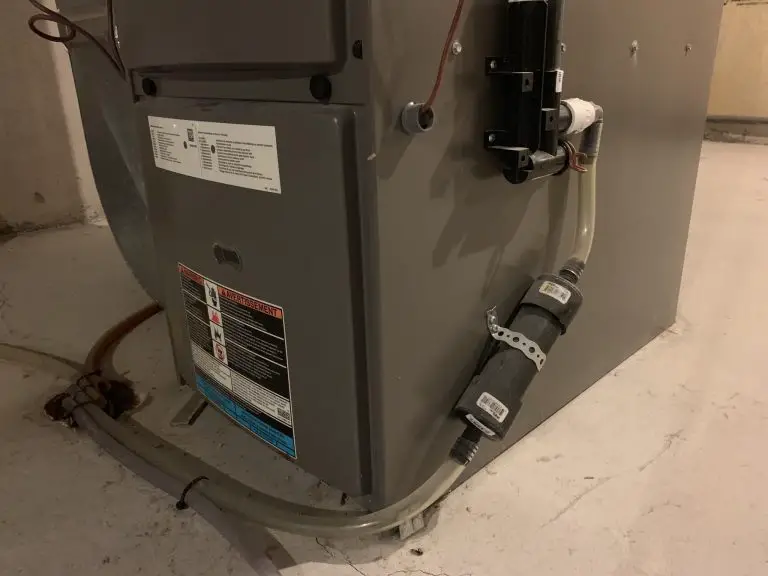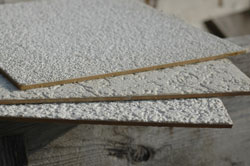
One of the digital things I used to do to make ends meet is create all the content for a magazine called Pro Painter. As you’d imagine from the name, I got to talk to many professional house painters in the course of this work and I always made it a point to ask these people for the secrets of good painting results. The tips, tricks and wisdom you’ll find here come from real-world pros, but they pay off for handy homeowners, too. Click here for a list of dos and don’ts, and for additional technical tips for great results.
How to Paint Tip#1: Primer Quality Differs More Than Paint Quality
According to the pros, top formulations of latex paints are almost indistinguishable in quality from each other as they go on and age. But there is a wide difference in primer quality. Poor quality primer (or the wrong kind of primer) is more likely to ruin a job than any issue with paint. Primer is also where some people are most likely to cut corners, cheap out and regret it.
How to Paint Tip#2: Wall Prep is Key

Gary Walchuk is a professional painter I’ve known since 1990, and he spends as much time repairing wall flaws as he does painting. “I’m fussy about prep work, and the older homes really take a lot of time fixing up previous rushed paint jobs from the past.”
Gary starts by sanding all trim and baseboard by hand using a sponge sanding block. This gets off all the bumps, dust nibs and pet hair. The sponge blocks follow the contours of trim and molding nicely. Gary uses spackling compound for small damage, and sandable, setting-type compound for bigger holes. Latex caulking is best for filling cracked areas that need to remain flexible. James Durr from Any Home Buying Group in the UK agrees: “preparing the walls well saves a huge amount of time and expense down the line as well as avoid the risk of potentially having to redo the work.”
How to Paint Tip#3: Mental Focus Matters
More than a few pro painters I know talk about some version of what I call the “zen” of painting. It’s all about pushing aside all the many other thoughts bouncing around in your head, focussing only on that one square yard of wall or ceiling in front of you. It sounds simple, but it makes for better results with less mess.
How to Paint Tip#4: Roller and Brush Quality Matters

Your choice of brushes and rollers can boost the speed of your painting by about 30%, and lab tests prove it. Back in 2008, a roller testing procedure was created by the American Society for Testing Materials (ASTM) to measure the effectiveness of paint rollers. In 2008 this test was used to measure the performance of 8 different types of rollers from 6 different manufacturers. The best rollers required one-third fewer trips from the wall to the paint tray during an average day. It’s no coincidence that the best performance came from rollers with the finest fibers. Microfiber roller refills were the most effective of all. Look for them. Good rollers hold a lot of paint, and you’ll waste a lot of time washing them out each after each painting session. Instead, wrap a wet roller with a tightly wrapped kitchen-catcher waste bag or shopping bag. As long as there are no holes in the bag, and as long as all air is excluded, your roller will be fresh, wet and ready to roll in the morning.
How to Paint Tip#5: Masking Tape Really Matters

Should you mask that edge or cut in with a brush? That’s always the question, but the answer is changing. Advances in masking tape are the reason why. Until 15 years ago, the tape industry was in a race for the bottom as far as price and quality of masking tape goes. As soon as one company had the nerve to create a tape that was expensive enough to work well, others followed suit. Now hardware store shelves have two types of paint-related tape. So-called “masking tapes” are cheap but don’t actually keep paint from creeping underneath. Tapes that work well for masking are typically called “painter’s tapes”, they cost more, but they work great. At least if they’re applied properly, that is. The trick is to seal critical edges by pressing with a putty knife or credit card. You can apply as much pressure as you like with your finger, but it won’t create a reliable seal.
The possibilities for improved DIY interior painting are better than ever these days. Painting is one place where craftsmanship, discipline and attention to detail make all the difference. And as a careful homeowner, you can certainly bring these things to your own painting jobs while saving money and connecting more closely with your home.
Click below for a video tutorial on how to use masking tape properly. There’s more to the job than meets the eye.
- Video Watch Time = 3 minutes












